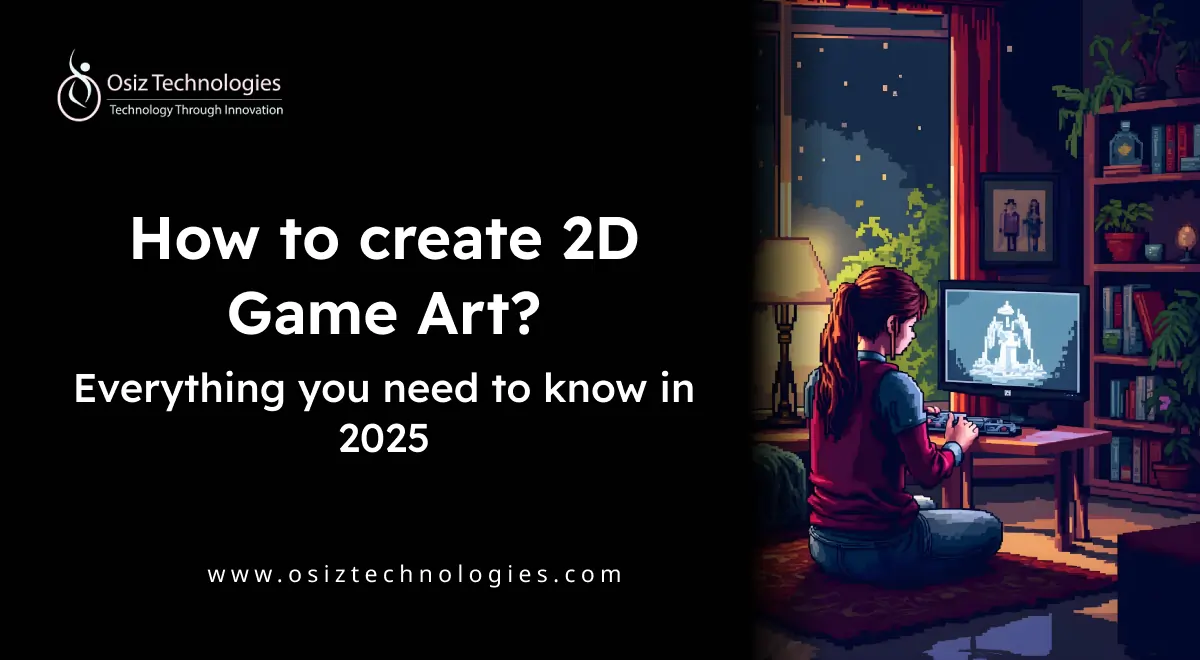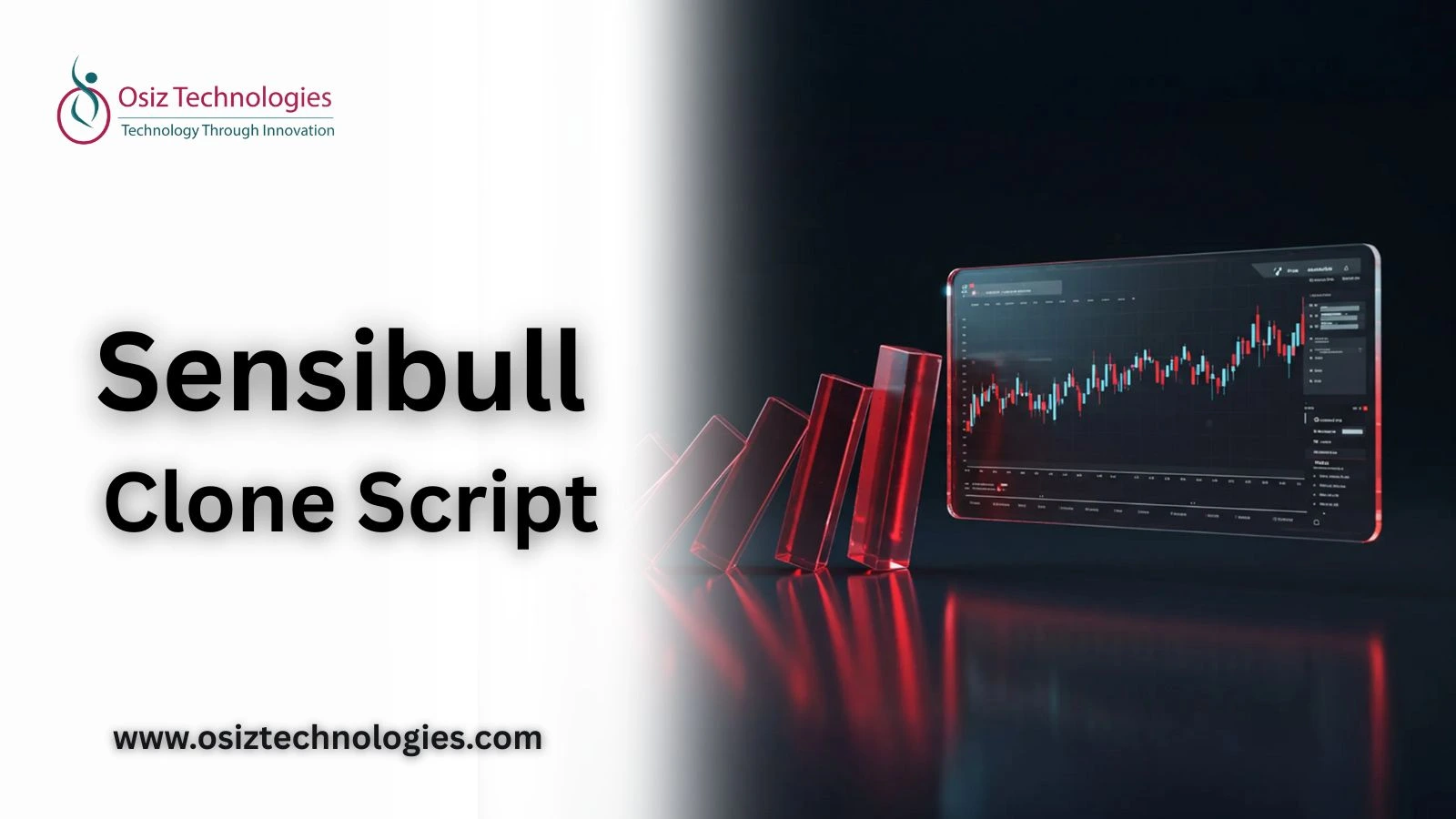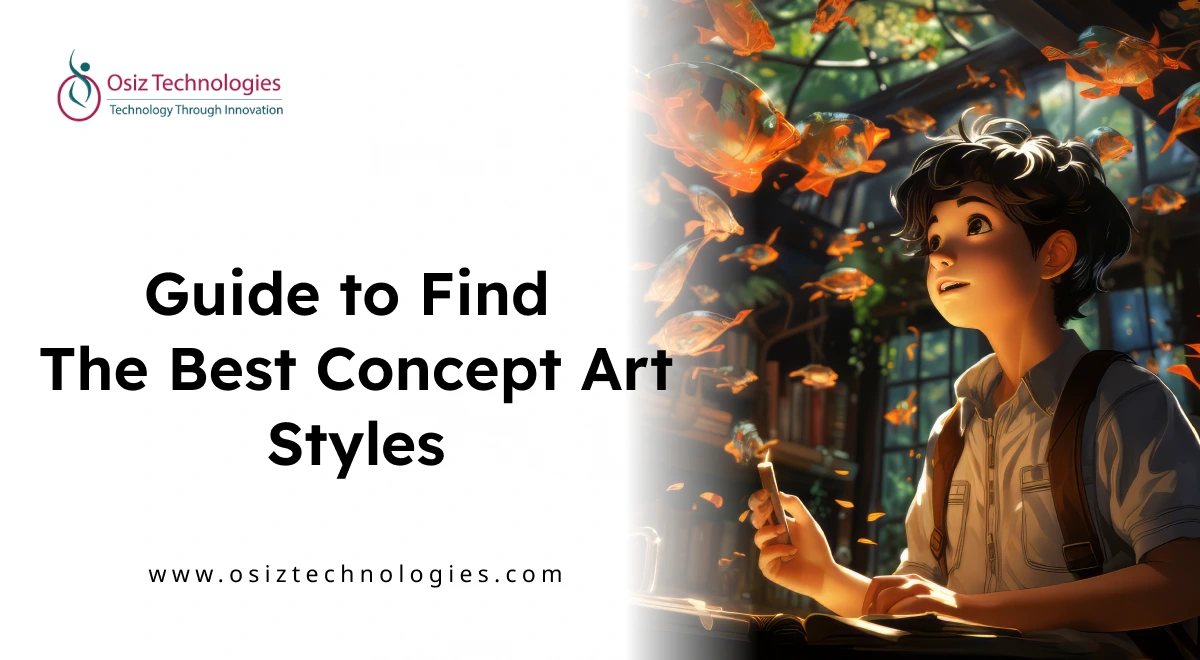Creating persuasive 2D game art is essential for engaging players and bringing game worlds to life. From character design to backgrounds, every visual element contributes to the overall gaming experience. This guide explores the tools, techniques, and trends that help developers create stunning 2D game art efficiently and professionally.
Introduction to 2D Game Art: Why Visuals Matter
In the world of game development, visuals play a major role in building the player’s first impression and overall experience. Strong visual elements help set the tone, express emotions, and build the identity of your game. As developers study 2D Game Art Design, they get the ability to create characters, environments, and animations that feel memorable, logical, and aligned with the game’s purpose.
Well-designed visuals also help to communicate gameplay functionality more clearly, confirming players to understand actions, objectives, and interactions. Whether you're building a casual mobile game or a story-focused adventure, effective 2D art acts as the foundation that keeps players involved from start to finish.
Essential Tools and Software for 2D Game Art
Creating high-quality 2D game art requires the right set of tools, each designed to support different stages of the creative process.
Raster Graphics Editors
Tools like Adobe Photoshop, Krita, and Clip Studio Paint are mostly used for painting characters, backgrounds, and textures. They offer advanced brushes, layering features, and precise control fit for detailed artwork.
Vector-Based Design Software
Software such as Adobe designer and Inkscape is perfect for creating clean, scalable shapes and UI assets. Vector art is often used for stylized games that require clear lines and smooth animations.
Animation Tools
Applications like Spine, DragonBones, and Moho allow developers to create smooth and frame-by-frame animations. These tools help to simplify character movement, fight sequences, and environmental animations.
Pixel Art Editors
Aseprite and Piskel are popular choices for creating retro-style visuals. They support pixel-perfect drawing, palette customization, and 2D asset output for smooth infusion into game engines.
Game Engine Art Pipelines
Unity and Unreal Engine offer a built-in process for importing and managing 2D assets. These platforms improve performance, layering, lighting, and animation combining effectively.
Specialized Creative Suites
Some tools are designed specifically for game artists, providing brushes, effects, and presets that improve asset creation. These platforms function as complete Digital Art Tools for Games with built-in export features.
Understanding Game Art Styles and Aesthetics
Every game has a unique visual identity, and choosing the right art style is essential for delivering a consistent and engaging experience. From simple designs to high detailed sketched illustrations, each style sets a different emotional tone and gameplay feel. By applying the right Game Art Techniques, artists can guarantee that characters, environments, and UI elements work together to create a well designed visual game.
Art style decisions also influence how players notice the story, atmosphere, and flow of the game. Whether developers decide to go with pixel art, cartoon aesthetics, anime-inspired visuals, or realistic shading, the output is to maintain consistency and support the game’s mechanics and narrative direction.
Step-by-Step Guide to Creating 2D Game Art
Creating 2D game visuals becomes easier when you follow a clear, structured process from concept to final polish.
Step 1: Define the Art Style and Theme
Start by identifying the creative vision, whether it's pixel art, cartoon-style, normal design, or detailed illustrations. This sets a flow for consistency across all game elements.
Step 2: Create Concept Sketches
Rough sketches help imagine concepts for characters, environments, and UI components. These concepts assure alignment with the game's tone, narrative, and gameplay mechanics.
Step 3: Develop Characters and Key Elements
Once sketches are approved, artists improve shapes, colors, and expressions. This stage often includes detailed work in 2D Character Design, where personality, posture, and motion possibilities are done.
Step 4: Design Game Assets and Environments
Artists create backgrounds, objects, icons, tiles, and visual effects. Maintaining visual alignment guarantees that every asset feels part of the same world.
Step 5: Add Color, Texture, and Shading
Applying colors and textures gives deep and life to each element. Proper shading improves clarity, light direction, and overall aesthetic quality.
Step 6: Animate Characters and Objects
Using frame-by-frame or skeletal animation, movement sequences are created for characters, enemies, and environmental elements. Smooth animations contribute to gameplay flow.
Step 7: Optimize Assets for Game Engines
Finally, assets are exported in coordinated formats and sized correctly to assure performance efficiency. This includes 2D assets sheets, PNG sets, and layered files for engine infusion.
Optimizing Your Art for Game Performance
Optimizing your game art guarantees it looks great while running smoothly, helping players enjoy a smooth gaming experience without lag or slowdowns.
Compress Textures Efficiently
Use suitable compression formats to reduce file size without affecting quality.
Limit Resolution Where Possible
Keep asset transformation suitable for the game's screen size to avoid unnecessary memory usage.
Use Sprite Atlases
Combine multiple assets into a single sprite sheet to reduce rendering request and improve rendering speed.
Reduce Unnecessary Layers
Keep only important layers and compress them so the files remain small and work well in the game.
Optimize Transparency
Use transparency only where needed, as high alpha usage can slow down rendering.
Reuse Assets Smartly
Reuse objects, textures, and patterns across the game to save time and resources.
Trends and Innovations in 2D Game Art
Today, even a modern 2D Animation Company uses advanced tools and techniques to push the boundaries of what 2D visuals can achieve.
Hybrid 2D–3D Workflows
Artists are combining 2D hand made styles with subtle 3D elements to create richer, more vibrant visuals.
AI-Enhanced Art Pipelines
AI tools are assisting with concept iterations, cleanup, and coloring, speeding up production without sacrificing quality.
Procedural Art Generation
More developers have step by step methods to create environments and assets that scale easily while maintaining a consistent style.
Retro Revival with Modern Polish
Pixel art and retro aesthetics are making a massive comeback, now improved with smooth animations and modern lighting effects.
Interactive and Dynamic 2D Effects
Real-time lighting, particle effects, and shader-based animations are giving 2D worlds a more immersive and feel real.
Conclusion
Creating high-quality 2D game art is a combine of creativity, technical skill, and the right production workflow. From choosing the perfect art style to simplifying every asset for performance, each step builds how players experience your game. Whether you work with an expert Game Art Outsourcing Studio or build your own with an in-house team, the right approach can change simple ideas into unforgettable visuals. For businesses and creators looking for end-to-end support, Osiz offers complete game art and development solutions that help bring your vision to life with accuracy and creativity.
Listen To The Article
Recent Blogs

Black Friday 30%
Offer












